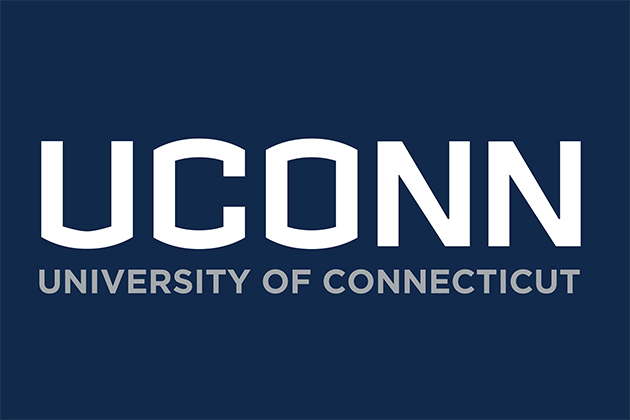The Board of Trustees has adopted a four-year tuition adjustment plan that prioritizes UConn’s commitment to protect academic quality and student success while helping to address fiscal challenges.
The plan was presented in two campus Town Hall gatherings before Wednesday’s trustees meeting, where it was approved to go into effect in fall 2016 and run through spring 2020. Details can also be found online at www.tuitionupdate.uconn.edu
In its first year, the increase will generate $12.8 million toward closing the University’s anticipated $40 million budget gap in 2016-17.
The remaining $27.4 million gap will be mitigated through cuts, restrictive hiring, operational efficiencies and other measures – all of which will be closely vetted to ensure they do not compromise UConn’s academic quality.
It will continue to cost a Connecticut student attending UConn a fraction of what it would cost that student to attend any of UConn’s competitors. — Scott Jordan
“UConn is committed to affordability, accessibility, and remaining attractive to students and their families. UConn is an exceptional value for Connecticut students and will continue to be,” Scott Jordan, UConn’s executive vice president for administration and chief financial officer, told trustees in his memo recommending the plan.
“Additionally, the operating budget that forms the basis of this plan continues the University’s strong commitment to funding financial aid at levels that will allow substantial support for need- and merit-based assistance to qualifying students,” he said.
“It is important to note that both now and at the conclusion of the proposed four-year plan, it will continue to cost a Connecticut student attending UConn a fraction of what it would cost that student to attend any of UConn’s competitors.”
Currently, UConn tuition is $10,524 annually for in-state students and $32,066 for non-residents.
Both groups also pay $2,842 in mandatory fees yearly, and the typical cost of housing and meals for those choosing to live on campus at Storrs is $12,174. Those costs are not changing under the plan approved Wednesday by trustees.
Many UConn students do not pay full price for tuition, however, since more than three-quarters of them receive some form of financial aid – including 46 percent who are awarded UConn-funded gift aid that they do not have to repay.
For in-state students, tuition will increase $700 in the fall 2016 semester. Then it will increase over the following years by $775 in 2017-18; by $850 in 2018-19; and by $950 in 2019-20.
Out-of-state and international students’ tuition will go up by $950 for 2016-17, and then again by $1,050 for 2017-18; by $1,150 for 2018-19; and by $1,250 for 2019-20.
This is the second time that the Board of Trustees has adopted a four-year tuition plan rather than addressing tuition each year. The multi-year plan provides more detail and certainty for students as they plan with their families for their college careers.
However, this is the first time that UConn has increased tuition by flat dollar amounts rather than by percentages, which is more transparent and aligns more with the real-world budgeting approach that families use in their own planning.
A review of UConn’s competitors – the schools that UConn applicants also applied to and received acceptances from – shows that UConn offers the best value by far for Connecticut residents. That will remain the case even with the proposed increases in place.
Also, every increase in tuition is matched by an increase in financial aid to help mitigate the effect of the increase.
The new tuition proposal also helps the University avoid enacting a disproportionately high increase on out-of-state and international students that would put UConn at a competitive disadvantage to draw highly talented students from other regions.
Because out-of-state tuition is three times higher than in-state rates, percentage increases that have compounded over time have placed UConn as second only to the University of Vermont among competitors in the rates charged to non-resident students.
Connecticut students comprise about 80 percent of UConn’s student body – a ratio that has consistently held for approximately a decade – but UConn needs to attract talented non-residents, as the number of high school graduates in Connecticut is shrinking.
Without non-residents attending UConn, the in-state tuition rate would have to increase by 40 percent to continue providing the academic quality currently offered.
Also, the presence of students from other states and countries adds valuable geographic diversity to UConn’s campuses, and about 20 percent of those non-residents remain in Connecticut after graduation building careers, raising families, and adding to the tax base.
State investments have helped UConn make great strides in academic quality in recent years, becoming established in the Top 25 of U.S. News & World Report’s ranking of public universities.
“Thanks in large part to aforementioned state investments, UConn has made tremendous academic gains in recent years, including a lower student to faculty ratio, shorter average time-to-degree, more class offerings, and smaller class sizes,” Jordan said in his memo.
“The University must protect the state’s investment,” he added, “by ensuring that these results and UConn’s overall academic quality do not slip backward or degrade.”



